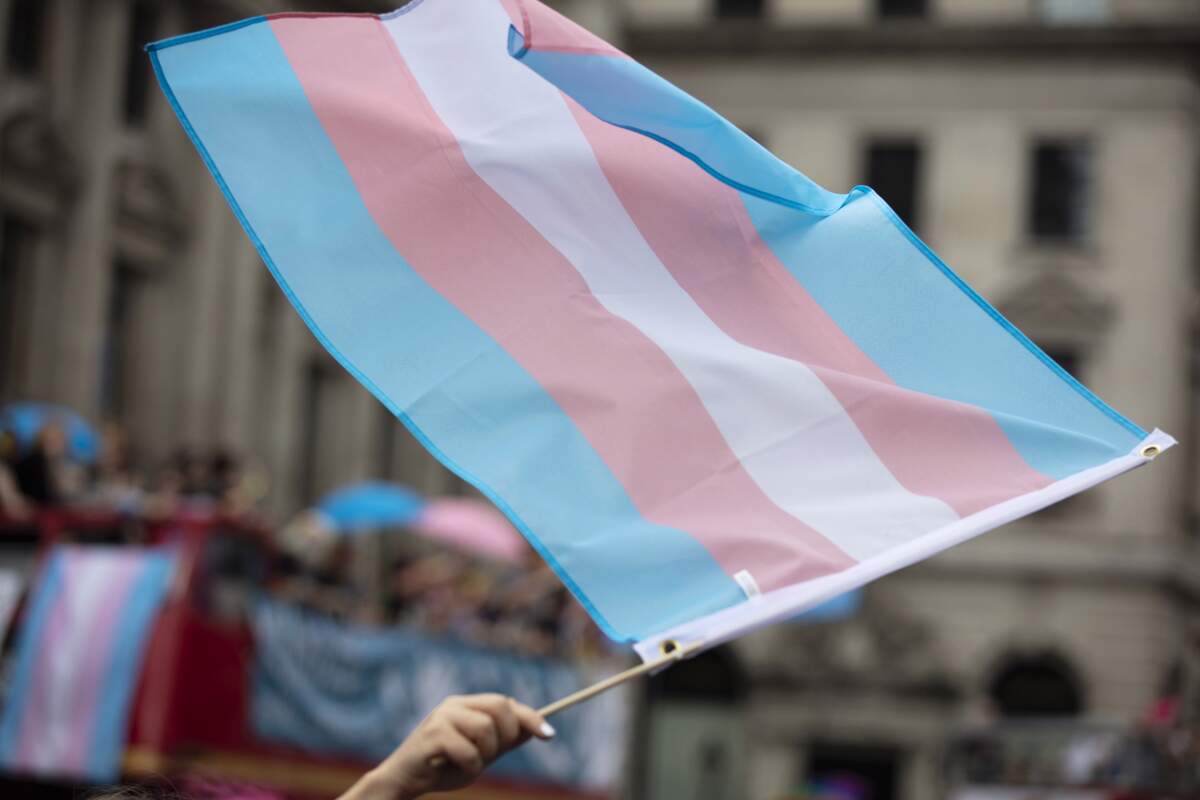

Transgender Day of Remembrance
Also known as
International Transgender Day of Remembrance
TDOR
Observed
annually on November 20th (since 1999)
Dates
Founded by
Gwendolyn Ann Smith in 1999
Hashtags
Sources
Transgender Day of Remembrance, which takes place following Transgender Awareness Week, memorializes those killed by anti-transgender prejudice and hatred. It raises public awareness about hate crimes against transgender people, gives allies the chance to step forward, and reminds people who aren't transgender that transgender people are their family members and friends. It was started by Gwendolyn Ann Smith, a transgender advocate, along with a few others, to honor the memory of Rita Hester, a transgender African American woman who was murdered in Allston, Massachusetts, in November 1998.
The Friday after Hester's death, about 250 people came together for a candlelight vigil, and a "Remembering Our Dead" web project was soon created. The first Transgender Day of Remembrance was held in 1999, observed with a candlelight vigil that commemorated transgender people who had been killed since Rita's death. Vigils honoring those lost to anti-transgender violence during the past year continue to be held each year, usually being hosted by LGBTQ organizations and transgender advocates, and usually being held at community centers, places of worship, or parks. The names of those who have been killed are often read.
Other common activities on the day include food drives, film screenings, art shows, marches, and dedicated church services. GLAAD has regularly been involved with the day. They have interviewed transgender advocates and covered an event at the New York City LGBT Community Center.
How to Observe Transgender Day of Remembrance
Take part in the day by attending or organizing a vigil that honors all those who lost their lives on account of anti-transgender violence the previous year, and by learning more about violence affecting the transgender community. Check for other activities like food drives, film screenings, art shows, and marches. You could learn more about or become involved with an organization such as the National Center for Transgender Equality, Sylvia Rivera Law Project, Trans Women of Color Collective, and Transgender Law Center. If you are a journalist, you could use your voice to raise awareness about the day and the hate crimes that transgender people face, and could use the Transgender Day of Remembrance Resource Kit for Journalists and GLAAD Media Reference Guide to help you.





















